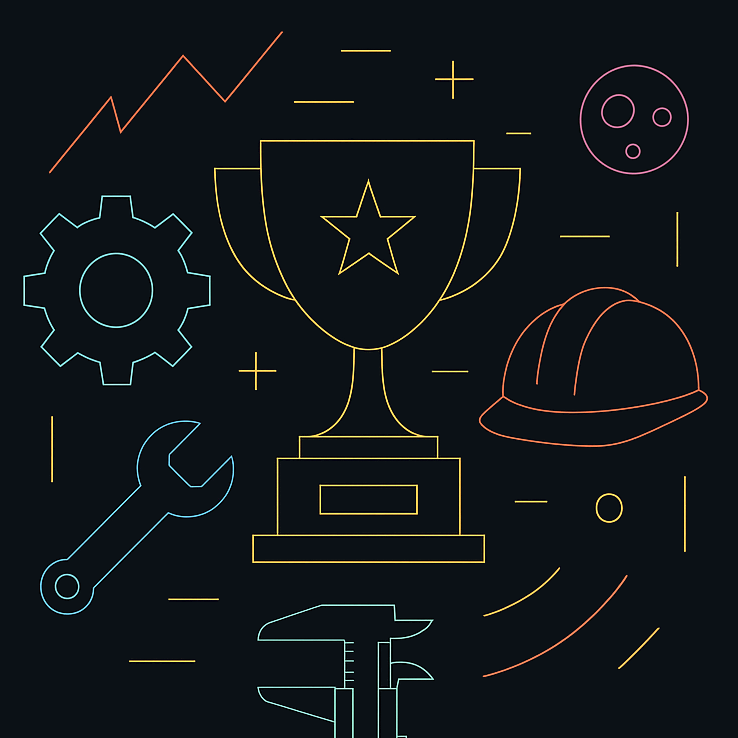9th-12th grade at Cheltenham Ladies' College (Cheltenham, England, United Kingdom)
First place
Close your eyes and record the first image that forms in your mind’s eye when you hear the word “water”. Perhaps from reading the title of this piece, one would likely envision something more exotic. Luscious green palm trees drenched in golden showers of sunlight accompanied by calming sounds of the sea slapping against a shoreline? Although, an accurate description of my homeland, Nigeria, the image that rather surfaces in the heads of many when Nigeria is mentioned would likely be that of children with bones protruding sharply out of their ebony skin, with enlarged brown cornea and parched lips. To counter this imagery, I could easily describe my life living as a comfortable Nigerian. However, this would distort the realities faced by millions of children in Nigeria who frequently have to trek for hours in search of water to drink, not knowing whether what they find will quench their thirst or kill them. This is echoed in many countries in Africa and Asia.
The twentieth century witnessed major breakthroughs in water supply and distribution. Initially, innovations were centralised on the transportation of water such as aqueducts but later moved to purification of water. For instance, in 1916 an activated sludge process was introduced by which air bubbled through wastewater yielded purified water and in 1919, extensive research by civil engineer Abel Wolman and chemist Linn Enslow led to the formulation of the safe dosage of sodium hypochlorite still used today by water treatment plants globally for the chlorination and purification of urban water supply. These advancements have, however, had little or no impact on water supply in countries in Africa and Asia due to myriad reasons including high investment costs and droughts. Women and children still traverse long distances and stand in long queues…just to access water to drink.
It is those at the coalface that understand how the shoe pinches. Dr Askwar Hilonga, a Tanzanian professor who developed the Nanofilter opines that ‘these challenges can’t and shouldn’t be solved by foreigners, who bring different kinds of universal filters. These challenges should be solved by local engineers, who know their geography, their people, their community’. The example of desalination plants supports his position. Although one of the main processes in the desalination plants was championed by the “father of Reverse Osmosis”, Indian scientist Srinivasa Sourirajan, the exorbitant cost of this solution has meant that it is only feasible in affluent countries such as Saudi Arabia and the UAE leaving out developing countries. Having grown up in a poor village in rural Tanzania where it was common to drink river water which had severe health risks, Hilonga became motivated to provide a more affordable solution by creating filtration systems customized to specific areas in Africa, avoiding a universal, one-size-fits all approach to delivering clean water. From Tanzania, journeying over the vast Kilamanjaro mountains and across the Serengeti leads one to Kenya, the home of Beth Koigi, a black Kenyan woman who, at her time at university, was forced to settle with contaminated water. She explains that she was “tired of getting on and off water borne diseases'' leading her to establish Majik Water, a social enterprise specialising in air-to-water technologies for arid and semi arid conditions where severe droughts brought about by climate change cause water scarcity. Recognising that there is six times more water molecules in the air compared to all the rivers of the world put together, Koigi and her team developed a technology which harnesses this limitless source using fans, refrigeration and filtration to produce a new affordable source of clean drinking water for water scarce communities.
The successes of these two African scientists supports the argument that developing countries need engineering solutions that cater specifically for them which can best be delivered by engineering teams who are exposed to the issues. The two have offered different solutions to the same problem which highlights the immense benefits that can be derived from the combined efforts of diverse teams. Despite the advancements in supply and distribution of portable water in the twentieth century, there has been little room for optimism for lower income countries: approximately one billion people worldwide lack access to water; more than four hundred children in the developing world die from water-borne diseases every hour and one in 3 African citizens are impacted by water scarcity. Renewed hope lies in engineers such as Koigi and Hilonga who, being local to the issues, understand what it is like to live with anxiety regarding water.
References
These winning entries in the 2023 EngineerGirl Writing Contest showcase how female and/or non-white engineers have contributed to or can enhance engineering’s great achievements. Congratulations to all winners and finalists!